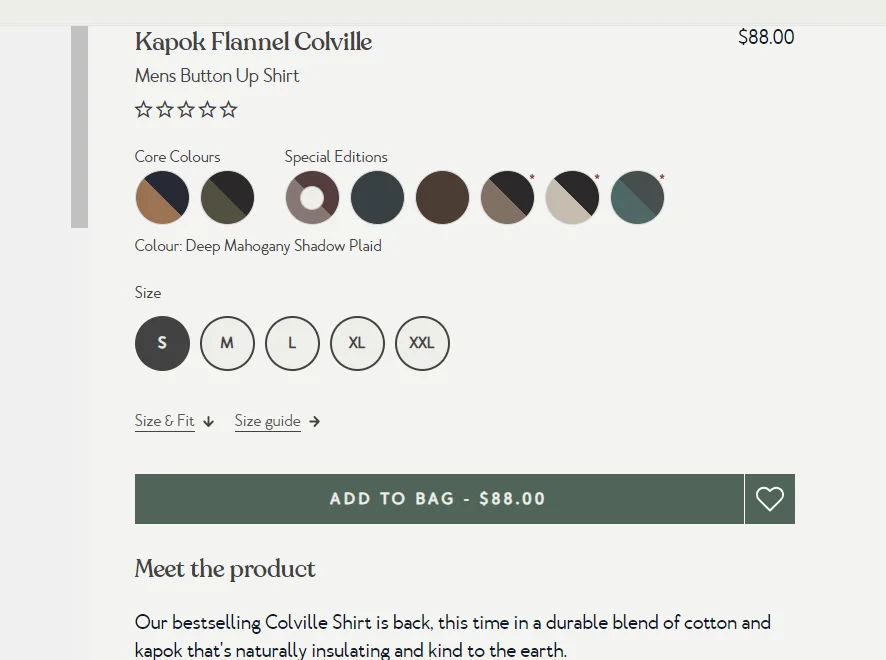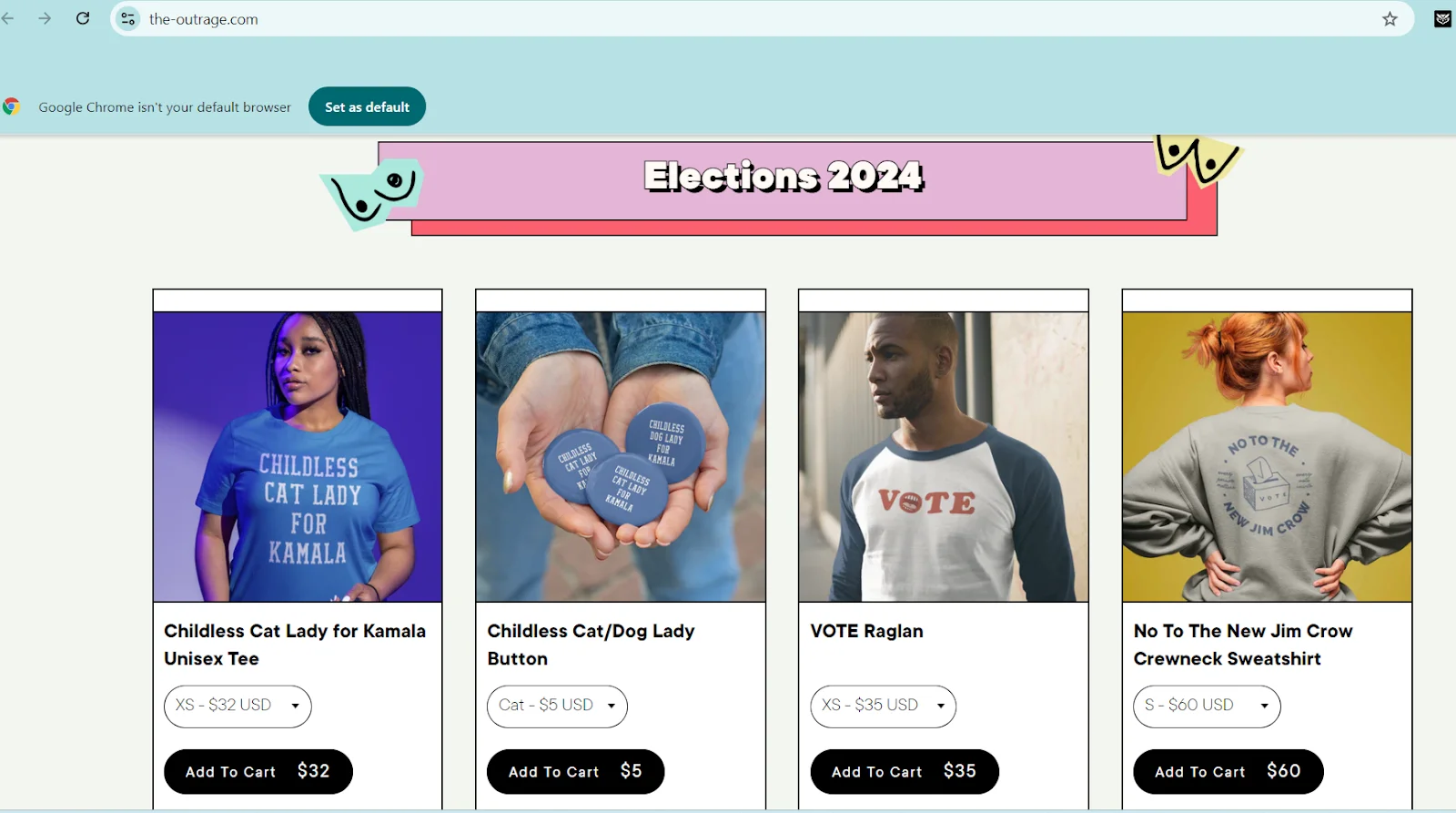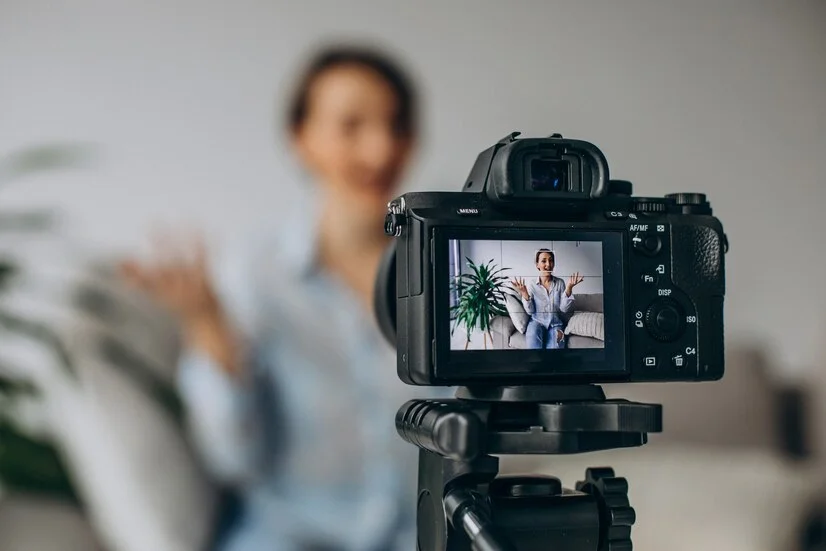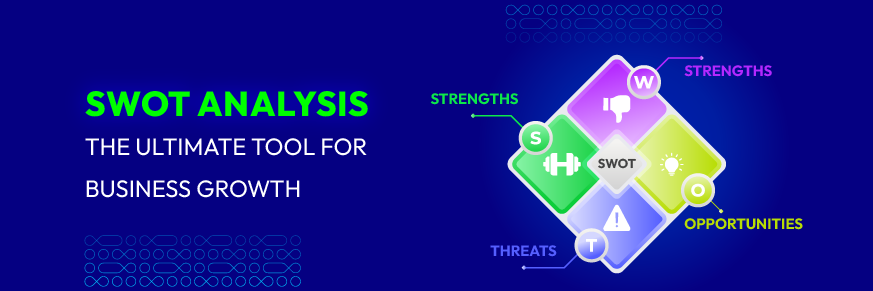12 Best Shopify Marketing Strategies to Drive Sales Growth

With over 5 million active Shopify stores worldwide, the competition is fierce. So, how can your business stand out, leverage its competitive advantages, and build customer trust? This article will offer you effective tactics from experienced experts to help you outshine your competitors in the highly competitive e-commerce market.
What is Shopify’s Marketing Strategy?
A Shopify marketing strategy is a comprehensive plan created to attract and convert potential customers into loyal buyers. This strategy helps e-commerce businesses promote their brands by using various techniques to increase visibility and boost sales and revenue. Shopify marketing is widely used by businesses on the platform to reach a more engaged audience and achieve brand growth.
4 Simple Steps to Build a Marketing Strategy for Your Shopify Stores
Creating a well-crafted marketing strategy is essential for the success of your Shopify store. Here are the key steps to follow:
Step 1: Conducting Market Research for Your Shopify Store
To effectively target your audience and grow your Shopify business, it’s essential to conduct thorough market research. This involves specifying your target demographic, analyzing competitors, monitoring website analytics, conducting interviews and surveys, and gathering industry data. By creating a buyer persona based on this research, you can develop marketing strategies that resonate with your target audience and drive sales.
Step 2: Defining Product-Market Fit
To ensure your Shopify store resonates with your target audience, it’s crucial to articulate the problem your product solves clearly. Consider the “why” behind your products and how they address a need or improve upon existing solutions. This understanding will help you establish product-market fit and develop compelling messaging for your website.
Step 3: Setting SMART Marketing Goals
To guarantee the success of your Shopify marketing campaigns, it’s essential to establish clear and measurable goals. The SMART goal framework (Specific, Measurable, Achievable, Relevant, and Time-bound) provides a structured approach to setting objectives. For example, instead of simply aiming to “increase sales,” a strategic goal might be “to increase sales by 25% over the next six months.” This makes the goal more focused, trackable, and achievable.
Step 4: Exploring Marketing Channels
Social media is a cutting-edge tool for businesses to promote their brand and products. By understanding and engaging with their audience, brands can effectively use both organic and paid tactics on platforms like TikTok, Instagram, Facebook, LinkedIn, Snapchat, WeChat, and X to increase sales and awareness.
12 Best Shopify Marketing Strategies to Growth Your Business
1. Optimize content for easy understanding
To improve readability for your customers on mobile devices, prioritize the structure of your product descriptions. The aim is to ensure that shoppers don’t have to scroll excessively to access the entire product page.
Here are some suggestions for implementing this Shopify marketing strategy:
- Make sure the font and colors of your product descriptions are suitable for mobile screens.
- Utilize a clean and organized layout to help customers easily navigate and find the information they need.
- Incorporate bullet points and headings to break up the text and enhance scannability.
- Use persuasive language to evoke a feeling of urgency or scarcity that motivates customers to make a purchase.
- Share behind-the-scenes stories or insights about the product’s development, craftsmanship, or inspiration.
- Include user-generated content, such as photos, videos, or feedback from pleased customers, in your product descriptions.
Take a look at how Hiutdenim presents its product content clearly and comprehensibly:

2. Enhance your Shopify store’s SEO
SEO involves optimizing your web content to convey the relevance and value of your offerings to search engines, enabling them to match user searches with your solutions more effectively. Since 48% of online shopping journeys begin with search engines, it’s essential to be visible for the right searches at the right time. For example, if you’re hosting a sale event for Black Friday or Cyber Monday, your sale page should be optimized for keywords like “BFCM deals.”
When developing an SEO strategy for your Shopify store marketing, be sure to:
- Target more top-of-the-funnel keywords, as they typically have higher search volumes compared to highly specific ones.
- Focus on long-tail keywords, which are more likely to be used by shoppers with a strong purchase intent.
- Prioritize site speed to prevent high load times from causing drop-offs and negatively impacting your search rankings.
- Optimize all your site images for search to ensure they appear in the image search results.
- Utilize Shopify’s built-in SEO features, such as setting up your URL structure, adding meta titles and descriptions for each page, and including ALT text for all images.
- Write detailed product descriptions to cover a wide range of relevant keywords.
- Interlink all relevant product and category pages within your site to enhance navigation and SEO.
3. Concentrate on Shopify-specific site optimization strategies
When developing a marketing plan for your Shopify store, it’s essential to optimize your website specifically for the Shopify platform. A well-optimized Shopify store allows customers to browse products and categories easily.
To enhance your Shopify store and ensure it provides a valuable customer experience (CX), consider the following:
- Choose an updated theme that loads quickly and is responsive across all devices.
- Use a system font to avoid requiring customers to download additional fonts to access your website.
- Eliminate unnecessary redirects, paying special attention to redirect loops that disrupt the customer experience.
- Limit your collections to smaller product groups.
- Integrate AMP web pages with your Shopify stores to optimize your site for mobile devices.
- Remove features that create distractions, such as the ‘quick view’ option that often triggers pop-ups.
- Uninstall redundant Shopify apps, as they can continue running in the background and slow down site performance.
4. Create sticky CTAs for mobile user experience
Sticky CTAs (Call-to-Action) enhance mobile shopping by allowing users to add more products to their shopping cart with no need to scroll back up the page.
Here are some strategies to optimize your product page CTAs for mobile, which can inspire your Shopify marketing campaign:
- Fixed CTA Bar: Use a fixed CTA bar that remains visible when users scroll down the page. This keeps the CTA accessible at all times, encouraging users to take action.
- Slide-In CTA: Implement a slide-in CTA that appears from the side of the screen when users scroll to the bottom of the page. This approach is less intrusive and can effectively capture attention.
- Pop-Up CTA: Enable a pop-up CTA that shows in a window when users tap on a specific element on the page. When closed, the pop-up can shrink to a sticky preview button, allowing users to revisit it easily.
- Full-Screen CTA: Use a full-screen CTA that covers the entire screen when users scroll to the bottom of the product page. While this method is effective for grabbing attention, it can also be somewhat disruptive.

5. Enable Purchase on the Homepage
Incorporate a feature that allows customers to purchase suggested products directly from your store’s homepage. The Outrage, one of the best brands recognized by Shopify, includes add-to-cart buttons directly on its homepage:

This enhancement will improve the shopping experience by minimizing the number of clicks needed to complete a purchase, creating a more streamlined and intuitive journey for customers.
Enhance product images with hover interactions or tiles to give extra information or quick previews. Display essential details, such as the product name, price, and ratings, when your users hover over a suggestion.
If size specifications are required, have the CTA read “Select Size” before changing to “Add to Cart” once the shopper has made their selection.
6. Limit Third-Party Apps
One online store we worked with had over 25 apps installed in the background. Each app typically adds scripts, stylesheets, and functionalities to a Shopify store. Even if you’re not actively using an app, its JavaScript files still load, which can slow down your site speed.
If you’re looking to improve your Shopify website’s speed and load time while using apps, consider these optimization tips:
-
Evaluate and Research Apps: Before installing any app, check if it loads quickly and has good-quality coding.
-
Ensure Optimization and Updates: Make sure that the apps you use are well-optimized and regularly updated by their developers.
7. Make Many Email Marketing Campaigns

Email marketing is a crucial strategy that Shopify owners should adopt in 2024 to enhance customer relationships. Whether you’re looking to retain existing customers or inform them about new offers, email marketing provides a very efficient method to engage and connect with your audience.
There are many tools available to help you create and manage email marketing campaigns for your Shopify store. Here are a few popular options:
-
Shopify Email: Shopify Email is a built-in tool that allows admins to create and send email campaigns directly from your Shopify admin. Shopify Email is seamlessly integrated with your store, simplifying email list management and result tracking.
-
Mailchimp: Mailchimp is known as a leading email marketing solution. It provides an intuitive interface and many templates as well as design options.
-
Klaviyo: Klaviyo is a widely used email marketing service that provides a variety of features, including segmentation, automation, and A/B testing.
Read more: Shopify Email Marketing Handbook for Online Store Owners
8. Implement Video Marketing
Videos have emerged as a transformative trend in social media and marketing. They serve as powerful revenue generators, allowing consumers to visualize a brand’s offerings more effectively while also engaging and captivating the audience.

By creating high-quality videos, utilizing various formats, optimizing for search engines, and promoting them effectively, you can enhance brand visibility, engage with your audience, and drive more conversions. Remember to evaluate outcomes and make evidence-based decisions to refine your video marketing strategy.
Here are some additional tips to optimize the efficiency of video marketing for your Shopify store:
- Tailor Your Content: Produce videos that align with your target audience’s preferences and address their specific concerns.
- Experiment with Different Formats: Test various video formats to determine which ones appeal most to your audience.
- Create a Video Sitemap: Submit your videos in a sitemap to improve their discoverability and enhance SEO.
- Include in Email Marketing: Add video links to your email campaigns to gain more traffic to your content.
- Monitor Metrics: Keep track of views, likes, shares, comments, and other relevant metrics to gauge performance.
9. Focus on Social Media
Social media has become a crucial marketing tool for businesses across all niches. A widespread social media influence is now essential for success, making investment in social media one of the key Shopify marketing strategies.
Brands can leverage social media content in several ways, including enhancing the visual appeal of their Shopify store, using social media as social proof, and embedding content for product inspiration.
Tips for Leveraging Social Media for Your Shopify Store:
- Choose the right platforms: Identify where your target audience is most active.
- Integrate social media with Shopify: Add social media buttons and enable social commerce.
- Create engaging content: Use high-quality visuals, storytelling, and user-generated content.
- Optimize your profiles: Complete information, consistent branding, and SEO-friendly keywords.
- Engage with your audience: Respond to comments, join relevant groups, and run contests.
- Utilize paid advertising: Create targeted ads and track performance.
10. Utilize Marketing Apps
What better way to promote your Shopify store than by using platforms specifically designed to help you develop effective marketing strategies? There are numerous Shopify marketing apps available that enable users to plan and execute their marketing efforts more efficiently.

Whether you need assistance in creating quality product bundles, suggesting frequently bought-together items, or automating customer support, the right marketing apps can streamline these processes and make them easier for your business.
Most reputable Shopify apps integrate seamlessly with your store’s platform, but it’s important to review the app’s documentation and user reviews for any potential integration issues. Utilizing free trials or demos can help you assess the app’s functionality and ensure it operates smoothly within your store.
11. Collaborate with Influencers
Many of the strategies we’ve explored, such as utilizing user-generated content (UGC) for Shopify stores and investing in social media, benefit significantly from partnerships with creators. Depending on your brand’s needs, you can work with influencers or content creators to produce professional and captivating content that can be used in various ways.
By collaborating with creators, you can access their established audience while leveraging their credibility and influence. Additionally, you can incorporate this content into your Shopify store to enhance engagement.
Tips for Collaborating with Influencers for Your Shopify Store:
- Find influencers who align with your brand’s values and target audience
- Connect with influencers through direct messages or email
- Consider providing free products, discounts, or commissions for collaborations
- Outline your expectations, goals, and guidelines for the collaboration
- Track the impact of influencer partnerships on your sales and brand awareness
- Maintain ongoing communication and consider long-term partnerships
12. Implement cross-selling and upselling tools
Several common areas for improvement in e-commerce businesses include increasing the average order value, decreasing the cart abandonment rate, and enhancing overall revenue.
Businesses can utilize cross-selling and upselling strategies through apps available on their Shopify store. These tools can substantially elevate average order value and revenue by facilitating the creation of effective product bundles and showcasing related products in strategic locations.
Read more: Top 15 Powerful Upsell App Shopify for Your Store
Tips for Implementing Cross-Selling and Upselling Tools in Your Shopify Store:
- Choose the right tools: Evaluate options, consider features, and ensure seamless integration
- Understand your customers: Analyze data and segment your audience
- Curate product recommendations: Offer relevant and personalized suggestions
- Upsell effectively: Present premium options and highlight benefits
- Test and optimize: Experiment with different strategies, track performance, and make adjustments
- Provide a seamless experience: Ensure a user-friendly interface and clear messaging
Conclusion
In conclusion, implementing effective Shopify marketing strategies is crucial for the overall success of your Shopify business, laying a strong foundation for long-term sustainability and profitability. In this blog, we explored the significance of having a strategic marketing plan and provided a list of strategies designed to help you develop a comprehensive marketing approach that matches your brand’s goals.







